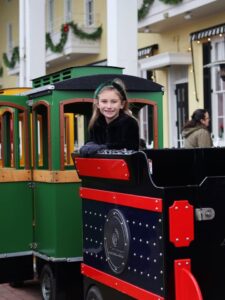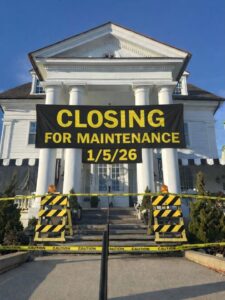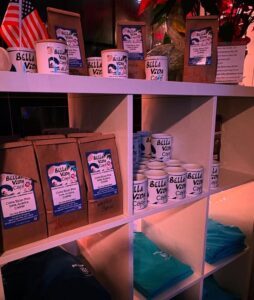AirFest 2024 Major Annoucement!
We are thrilled to announce that an iconic aircraft will fly in for Naval Air Station Wildwood’s Aviation Museum’s AirFest 2024 – Military Aviation Museum’s North American P-51D Mustang “Double-Trouble Two”!
About the North American P-51D Mustang
Arguably the most iconic American fighter of WWII, the Mustang is a testament to America’s ingenuity and industrial capabilities. North American Aviation designed the Mustang in 1940 to satisfy a British order, with the prototype’s first flight taking place just 149 days after the contract signing.
The P-51 emerged from a set of British specifications, earning the nickname Mustang. Initially powered by an Allison V-1710 engine, the Mustang Mk.I struggled at higher altitudes. This prompted the British to experiment with the design, replacing the V-1710 with the more capable Rolls-Royce Merlin. This engine-airframe combination proved to be a game changer, providing the Mustang with a top speed of over 400 mph and vastly improved high-altitude performance. Coupled with the new K-14 gunsight and an improved armament of six .50 caliber Browning machine guns, the Mustang’s impact on the air war over Europe was significant.
Before the updated Mustang entered service, the 8th Air Force’s bomber units experienced a horrific 77% overall casualty rate between 1942 and 1944. The P-51 completely reversed that trend, and mission requirements for bomber crews increased as the Mustangs worked to eliminate the Luftwaffe from the skies over Europe. Their efforts defending American bomber formations earned the escorts the nickname “Little Friends.”
A testament to the Mustang’s success is the number ordered by the U.S. Army during WWII. The Museum’s P-51D (s/n 44-72483) is one of more than 15,500 Mustangs built. Constructed in 1945, the fighter immediately journeyed to England, where it joined the Eighth Air Force. The Military Aviation Museum acquired the aircraft from its previous owner in Switzerland in 2004.
Lieutenant Colonel William “Wild Bill” Bailey
This aircraft is painted in the markings of the 353rd Fighter Group, with black and yellow checkers on its nose and a black and yellow propeller spinner. Known as the Slybirds, this Fighter Group comprised the 350th, 351st, and 352nd Fighter Squadrons.
The aircraft’s specific livery represents a 353rd FG Mustang flown by Lieutenant Colonel “Wild Bill” Bailey, Deputy Group Commander, and includes his six aerial victory symbols. He called his original aircraft Double-Trouble because he left two girlfriends at home in the United States; the name for his subsequent Mustang became Double-Trouble Two after another pilot crashed the original.
A graduate of the Civilian Pilot Training Program, Bailey chose Army Flight Training in 1940 instead of Harvard Business School. During his two operational tours, Bill Bailey flew 186 combat missions, totaling 454 hours. Thirty-two of these missions (and 129 hours) were in the P-51. Bailey received credit for three enemy aircraft destroyed in aerial combat and an additional three destroyed on the ground.
Join us in celebrating this incredible piece of history at AirFest 2024!











